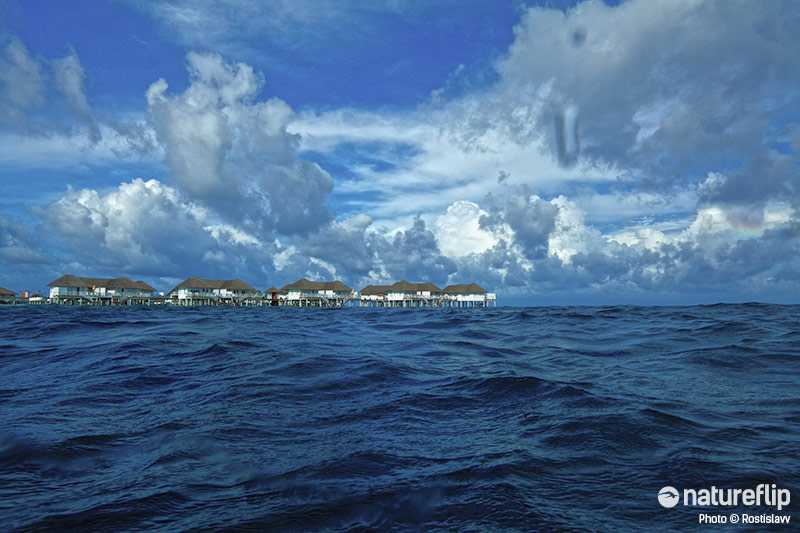5 Most Dangerous Places on Earth

For nature lovers and thrill-seekers, here are some of the most staggeringly dangerous natural attractions in the world. Visit these places to see how people live daily where disaster could strike at any time.
Lake Nyos, Cameroon
A crater lake in Cameroon, northwestern Africa, Lake Nyos is one of only three ‘exploding lakes’ worldwide. With dangerously high concentrations of CO2 leaked into its waters from a pocket of magma deep below the lake bed, gases can be released by triggers such as earthquakes or landslides. In August 1986, 1,700 people and thousands of animals died over a radius of 24 km (15 mi) when the waters became supersaturated and noxious gases spewed forth. Despite efforts to safely siphon the gas away, the possibility of another disaster has not yet been eradicated.
Verkhoyansk, Russia
Verkhoyansk in northeastern Siberia has the dubious honour of being known as the Pole of Cold. Winter temperatures regularly fall to between -51°C and -40°C (-60°F and -40°F), with the coldest ever recorded temperature being minus 67.8°C (minus 90°F) in 1885. If the temperatures aren’t extreme enough, in 2012 a pack of 400 wolves mass-migrated from the mountains in search of prey, killing 313 horses and over 16,000 reindeer. The town attracts extreme tourists to experience firsthand how people survive in such grim temperatures.
Cayman Islands, UK Overseas Territory
Prized for beautiful beaches and superb diving, the Cayman Islands are less envied for being the ‘hurricane capital of the world’. It’s estimated that Grand Cayman is touched by at least one hurricane every 2.16 years during hurricane season (June to November). The low-lying islands are well-prepared, but storm surges up to ten feet during 2004’s Hurricane Ivan caused damage to 85% of property and left months of disruption to essential services. Nonetheless, the Cayman Islands offer plenty of opportunities for outdoor lovers, and there are many guided tours to help you discover them.
Maldive Islands (officialy the Republic of the Maldives)
Situated between Sri Lanka and India, the Maldives island nation has been dependent on tourism since the 1970s. But with its highest elevation being little more than 1.8 m (6 ft), rising sea levels could soon engulf this fragile nation. A tsunami in 2004 emphasised just how precarious the islands are - waves reaching reported heights of 4.3 m (14 ft) destroyed six islands, 14 had to be evacuated and 57 faced serious damage to critical infrastructure. If this doesn’t frighten you, think that maybe now is the right time to still visit the Maldives.
Mount Vesuvius, Italy
And if you thought Europe was a safe place to be, look no further than Naples, Italy. Mount Vesuvius’ most famous eruption was in AD79 when around 16,000 people died in Pompeii and Herculaneum. But since then, it has erupted over 36 times with the last major eruption only 70 years ago. Nearly 3 million people live in the shadow of the volcano and plans for mass emergency evacuations are constantly in place – just in case. So, do you dare to challenge the Mountain? (Don’t worry, a local guide will be with you).